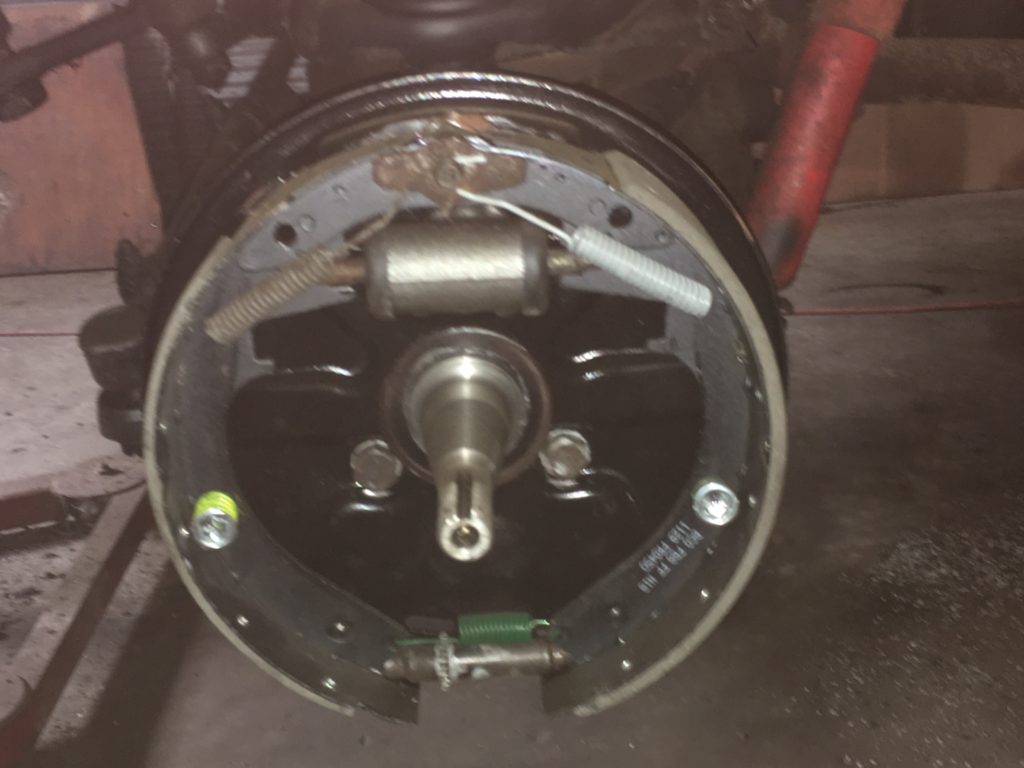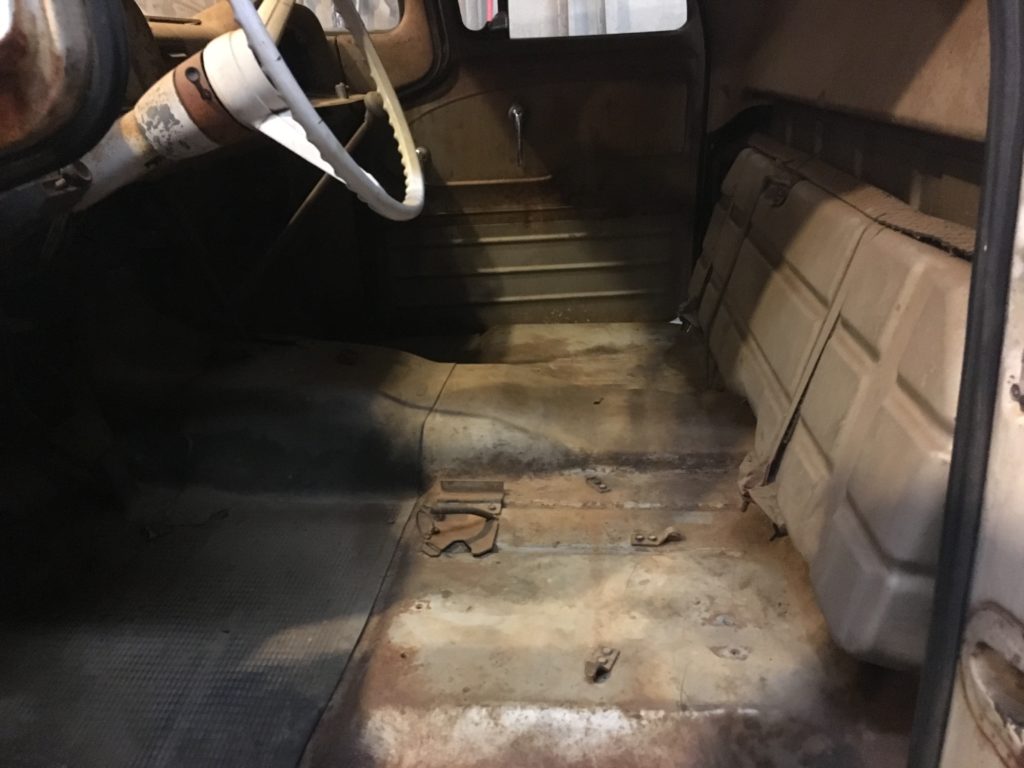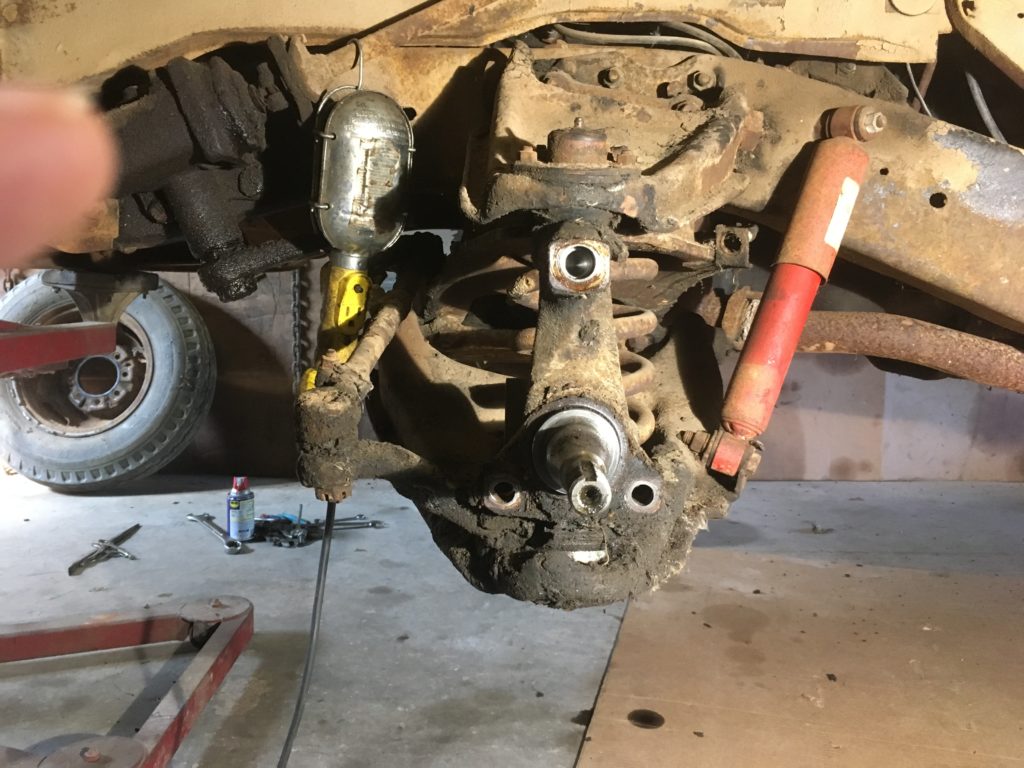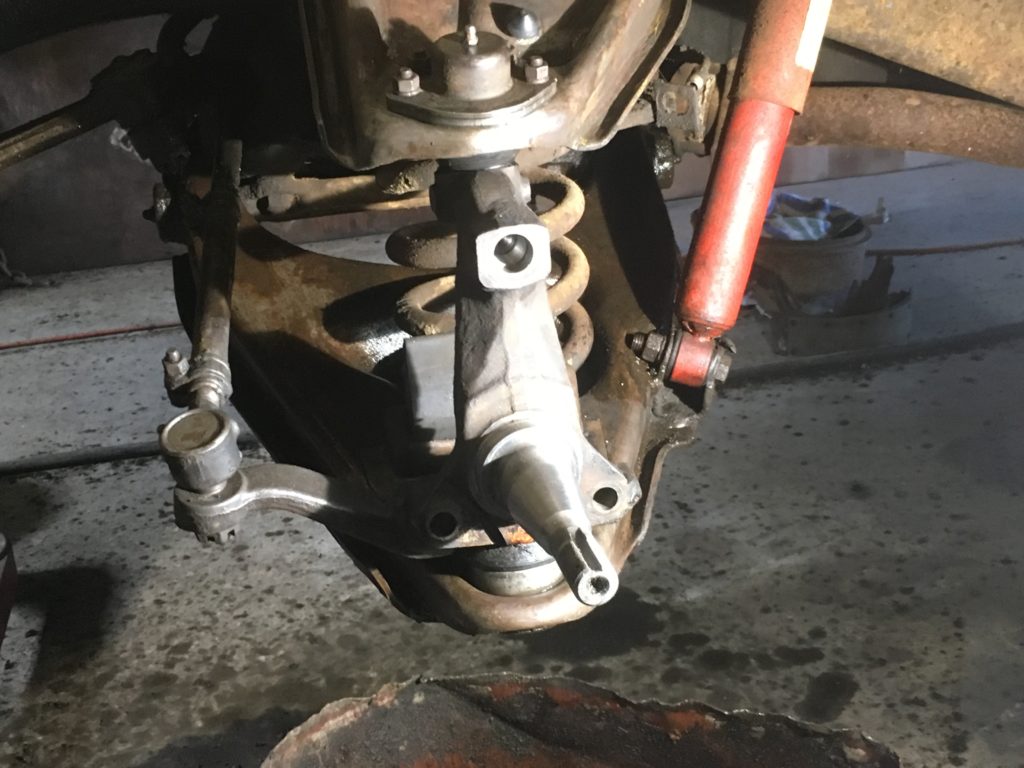I would be pure, for there are those who care.
This current series of messages is based on a 1905 poem written by a Princeton grad from the school of theology. That I found it in an old hymnal is understandable given its content. But it is the uniqueness of the content for a mainline Christian song book that caught my attention. Far from being about the usual praise and adoration for a beloved deity, or an homage to the joy of faith and fellowship, this poem focused on character and the reasons for developing and maintaining a godly one.
The poet was Harold Arnold Walter. It was written as a Christmas gift for his mother, while he was overseas teaching in a Japanese university. It reads like a personal pledge to someone on the earthly side of heaven, who he venerated in keeping with how a believer is supposed to regard with honor his or her parents. Moms tend to ultimately win out in the influence department as attested to by the recipient of the gift. We are clueless as to what dad received, though. Perhaps the proverbial tie.
The line at the opening of this message is the second line in the poem’s first stanza. Having pledged to be true in keeping faith with those who relied on him, Walter then pledged to be pure because there are those, like his mom, who cared about him. As with being true, the motivation for remaining faithful to this virtue is rooted in an awareness of others and how our actions affect them.
The significance of Walter’s pledge is likely lost on many of us. Purity is hardly a venerated virtue in today’s culture. The easy and perhaps kneejerk perception of its role in a person’s life is one of abstinence, which smacks of prudery at best and repression more than likely. Abstinence for abstinence sake, though, is a base concept only in the way its opponents trivialize its merits.
For a theology student graduated from Princeton around 1900 the concept would go much deeper than the common attitude towards purity. Its root would naturally be in the Scriptures, which focus on how we are to treat others. This includes how those of us in the male animal category should respectfully think of and treat our female counterparts.
Based on Jesus’ words in the Sermon on the Mount, Walter would have considered it impure to look on a woman lustfully, since thinking of her – using the current vernacular – as a sex toy was tantamount to sexual intercourse. And from the Apostle Paul’s writing he would have regarded older women with the respect due a mother and younger women as a beloved sister. Just think how those in the Me Too movement would have benefitted if their abusers had followed this virtuous course instead of yielding to the natural impulses induced by testosterone.
There is far more to purity than sexual restraint. At least in the theological worldview of Walter’s training. Purity requires refinement. This is not a pleasant prospect. Refining is a smith’s occupation in which a metal substance is heated to the point of liquification so the dross can be skimmed from its surface. It is a repeated act with someone having the skills of a silversmith could judge the metal’s purity by how clearly he could see his reflection in the molten metal. For the Princeton grad, the image Walter would have wanted to have reflected in the malleable mirror of his soul would be the face of God. His motivation was not rooted in self, but in an awareness of how his thoughts and deeds will impact others. As we have already noted, others who are important to him. This is assuring someone else’s wellbeing.
We are well beyond prudery here. It is about a commitment to a standard that ignores human nature and its whims in order to pursue what some have traditionally called higher ground. For Walter it was more. It was character establishing the guidelines for conscience so that his thoughts and actions would benefit others.



